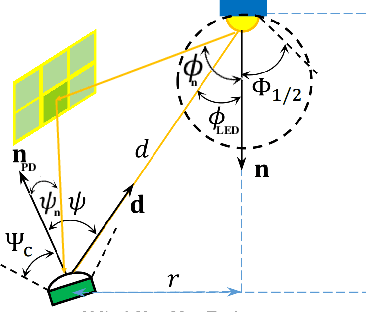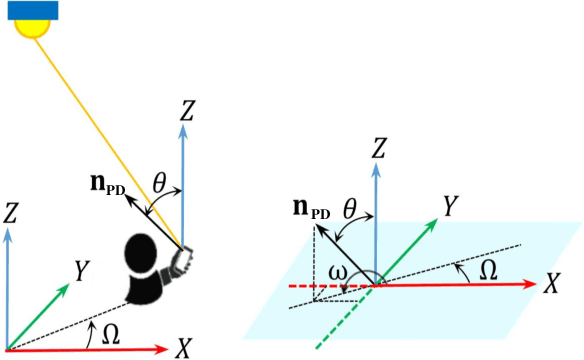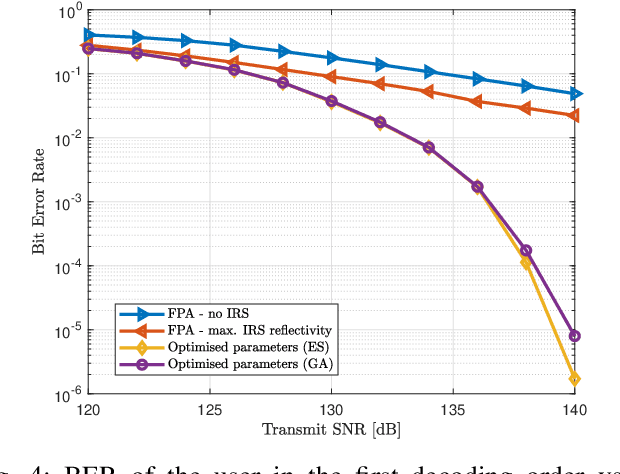Mallik Tatipamula
Edge AI Inference in Heterogeneous Constrained Computing: Feasibility and Opportunities
Oct 27, 2023



Abstract:The network edge's role in Artificial Intelligence (AI) inference processing is rapidly expanding, driven by a plethora of applications seeking computational advantages. These applications strive for data-driven efficiency, leveraging robust AI capabilities and prioritizing real-time responsiveness. However, as demand grows, so does system complexity. The proliferation of AI inference accelerators showcases innovation but also underscores challenges, particularly the varied software and hardware configurations of these devices. This diversity, while advantageous for certain tasks, introduces hurdles in device integration and coordination. In this paper, our objectives are three-fold. Firstly, we outline the requirements and components of a framework that accommodates hardware diversity. Next, we assess the impact of device heterogeneity on AI inference performance, identifying strategies to optimize outcomes without compromising service quality. Lastly, we shed light on the prevailing challenges and opportunities in this domain, offering insights for both the research community and industry stakeholders.
Intelligent Reflecting Surfaces for Enhanced NOMA-based Visible Light Communications
Nov 08, 2021



Abstract:The emerging intelligent reflecting surface (IRS) technology introduces the potential of controlled light propagation in visible light communication (VLC) systems. This concept opens the door for new applications in which the channel itself can be altered to achieve specific key performance indicators. In this paper, for the first time in the open literature, we investigate the role that IRSs can play in enhancing the link reliability in VLC systems employing non-orthogonal multiple access (NOMA). We propose a framework for the joint optimisation of the NOMA and IRS parameters and show that it provides significant enhancements in link reliability. The enhancement is even more pronounced when the VLC channel is subject to blockage and random device orientation.
 Add to Chrome
Add to Chrome Add to Firefox
Add to Firefox Add to Edge
Add to Edge